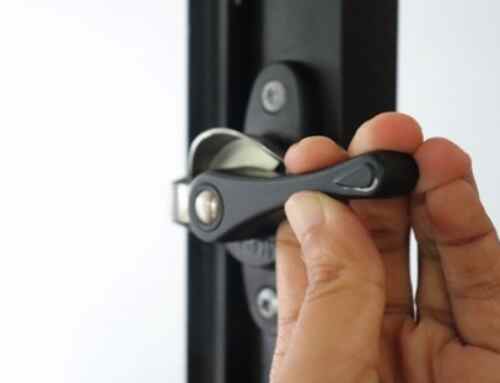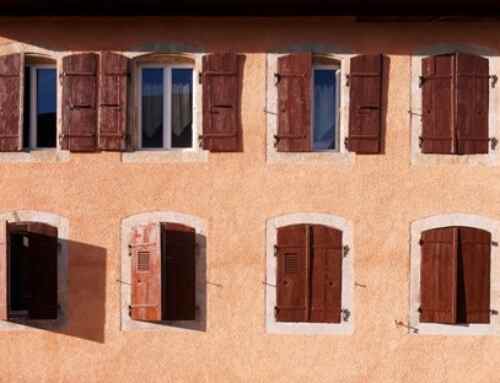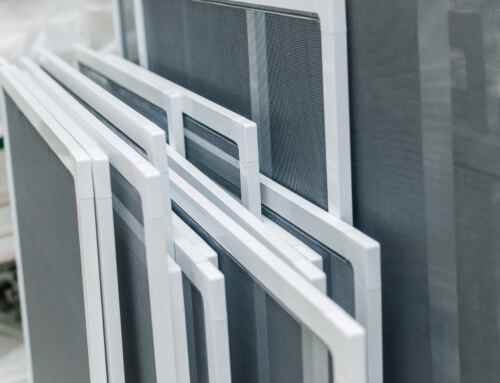You may love the natural light and free heat that pour in through your windows in the winter, but your priorities shift come summer. This time of year, inefficient windows funnel heat inside, increasing your energy bills and causing comfort problems. To keep the sweltering heat out, you must first understand how heat transfer works. Then, you can take several steps to prevent it.
Understanding Window Heat Transfer
The second law of thermodynamics states that heat will naturally transfer from a hotter object to a cooler one until both objects reach the same temperature. This is called thermal equilibrium, and it explains why heat enters your home in the summer and escapes in the winter. The Department of Energy (DOE) explains that 30% of an average home’s heating energy is lost through the windows in the winter, while 76% of the sun’s heat that hits the windows in the summer enters the home.
Heat moves in three different ways:
- Conduction is the movement of heat through a solid object, such as window glass.
- Convection is the transfer of heat due to the movement of a fluid, which includes liquids and gases. This can cause a convective current near your windows, causing drafts.
- Radiation is the movement of heat through electromagnetic waves. Solar radiation is a major cause of heat gain through a window.
Most Effective Ways to Reduce Window Heat
Here’s how to tackle the challenge of window heat transfer head-on:
- Double or triple glazing: Single-pane windows are notoriously inefficient because of conductive heat transfer. Double- or triple-glazed windows feature air pockets between each pane, greatly reducing heat flow.
- Gas in-fills: It’s what’s between the panes that counts. Argon and krypton are noble gases, which are denser than air, providing an additional insulating layer. This invisible addition enhances a window’s insulating value, or U-factor, keeping the interior more comfortable despite outdoor temperature swings.
- Low-e coatings: Low-emissivity (low-e) technology is like a mirror. It reflects and regulates infrared energy, ensuring solar radiation stays out and cool, conditioned air stays in. Windows with low-e coatings have lower solar heat gain coefficients (SHGC), meaning fewer UV rays pass through the glass.
- Sun-blocking window films: If your windows aren’t triple-glazed with a gas in-fill or low-e coating, you can mimic the effects of these high-quality windows with sun-blocking window films. These defend against solar heat gain by essentially giving your windows a pair of sunglasses, reducing glare and UV exposure to keep your home’s interior cooler and more comfortable.
- Window coverings: Cellular window shades feature honeycomb-shaped cells that trap air and insulate windows. Another effective option is blackout curtains with a white reflective lining that bounces the sun’s rays back outside.
Partner with Rosati Windows
If you live in the Columbus area, Rosati Windows is your choice for energy-efficient replacement windows. Whether you’re looking to install low-e film for windows or explore the latest sun-blocking glass technology, we can meet your needs. Let us help you protect your home from the relentless sun and enjoy the cool, energy-efficient environment you deserve. Call us at (614) 777-4806 today to request a free window installation estimate.









